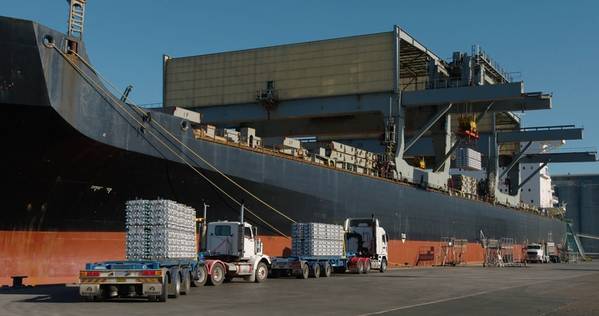
U.S. President Donald Trump on Friday signed a proclamation increasing tariffs on derivative steel products by an additional 25 percent and boosting duties on derivative aluminum products by an additional 10 percent.
Trump said Argentina, Australia, Brazil, Canada, Mexico and South Korea are exempt from the additional tariffs on derivative steel products, and Argentina, Australia, Canada and Mexico are exempt from the added duties on derivative aluminum articles.
Trump has imposed tariffs on imported steel and aluminum to help boost U.S. production, which he says is a national security issue.
Since the imposition of tariffs, Trump said, imports of steel and aluminum have declined but imports of derivative products, like steel nails and aluminum cables, have increased.
Trump said "foreign producers of these derivative articles have increased shipments of such articles to the United States to circumvent the duties on aluminum articles and steel articles." He said the increased tariffs would be effective on February 8.
(Reporting by Eric Beech; Editing by Mohammad Zargham and Sandra Maler)


